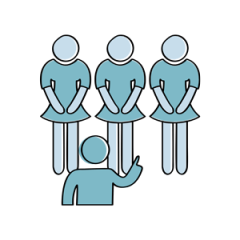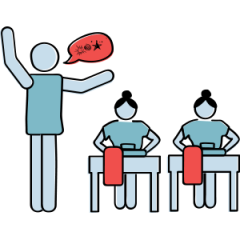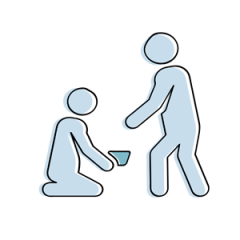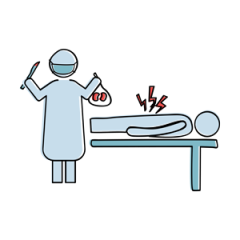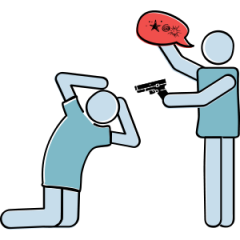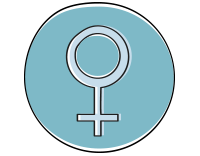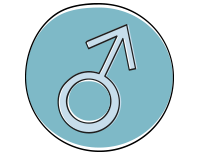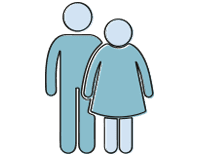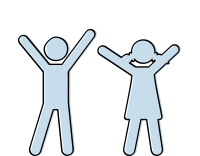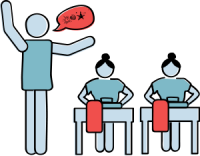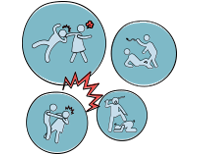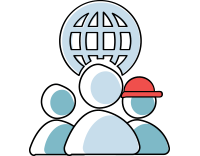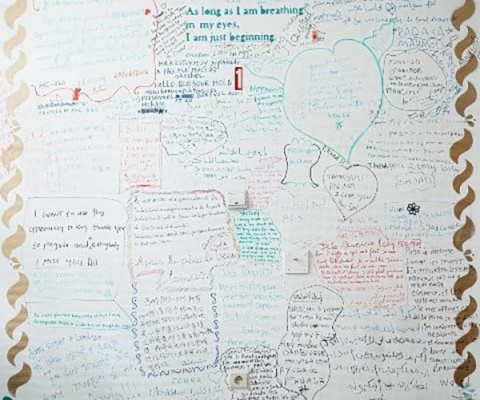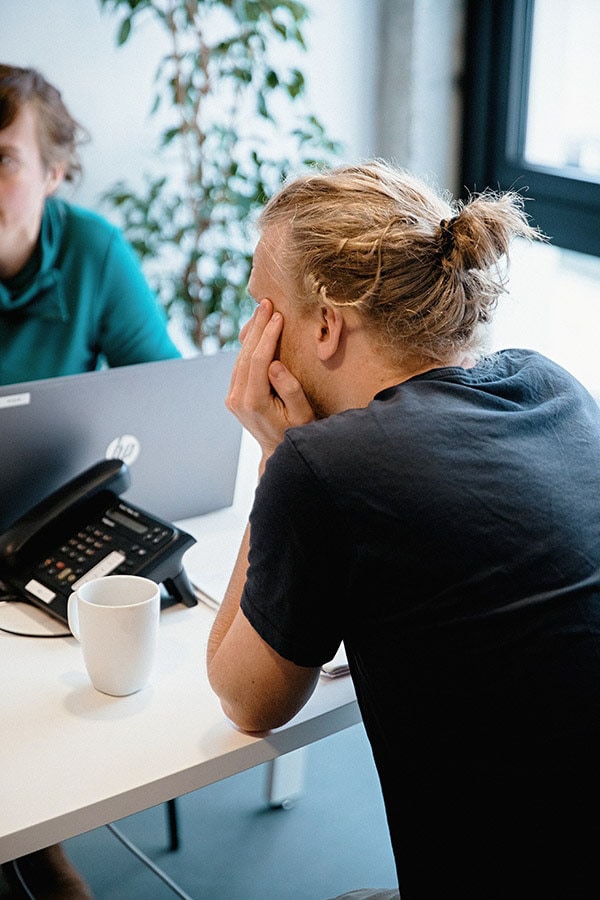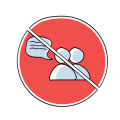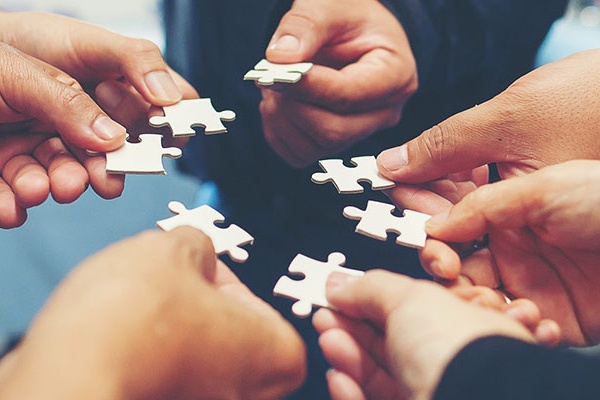However, only a small number of victims are detected. Others remain hidden in different parts of our society.
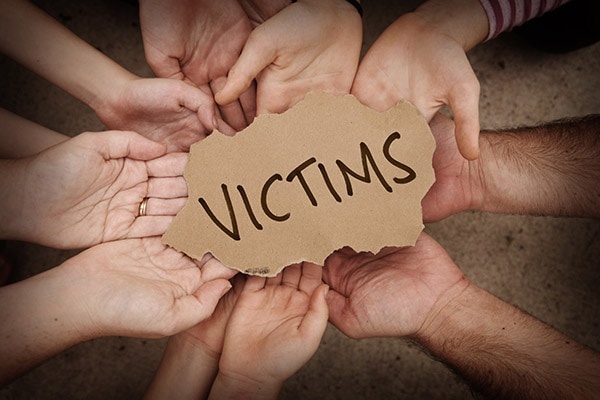
Are you a professional and would like to register for training that will help you to better detect victims?
More information !
Several indicators can help us to recognise a potential case of human trafficking. The indicators are warning signs: where several of them coexist/are present, it is possible that we are confronted with a situation of human trafficking.
- No freedom of movement
- Little or no social contact
- Confiscation of identity documents
- Fear of talking about their situation
- Fear of people around them
- Lack of trust in the authorities
- Extremely bad working conditions
- On-site accommodation
- No (or almost no) remuneration
- Obligation to pay off a significant debt
- Signs of physical or mental violence
It is important to note that whilst these represent a selection of the most common indicators, it is not an exhaustive list and others can also exist.
If you have met someone in a situation that appears to correspond with several of these indicators, do not hesitate to contact us to discuss this further.
